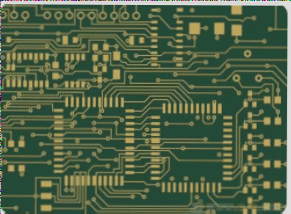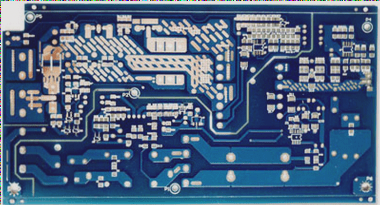The fundamental principle that remains constant in PCB design.
This article outlines ten timeless principles of PCB design, emphasizing best practices for layout, signal integrity, manufacturability, and testing to ensure efficient, reliable, and cost-effective circuit board production.
The fundamental principle that remains constant in PCB design. Read More »







